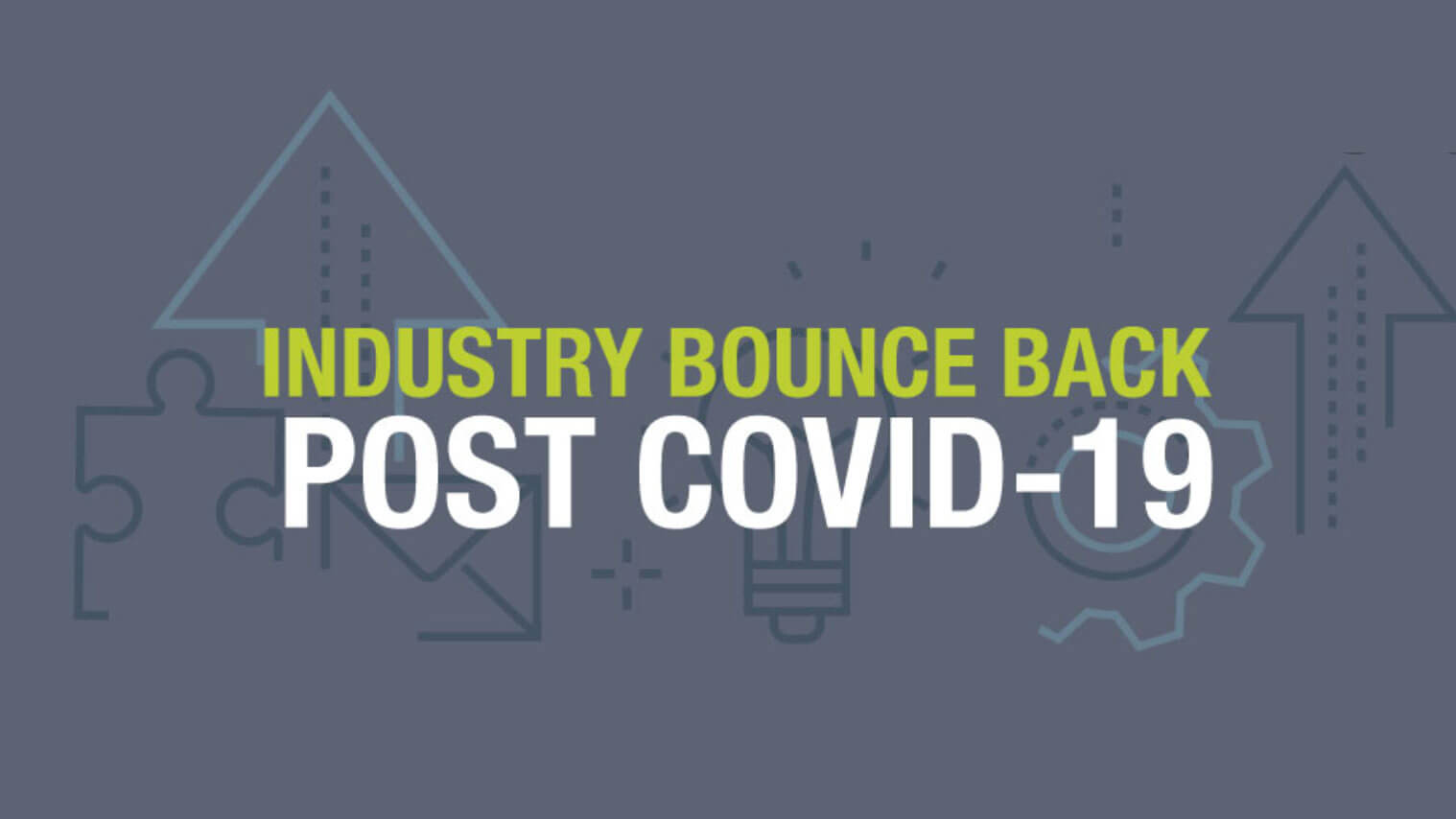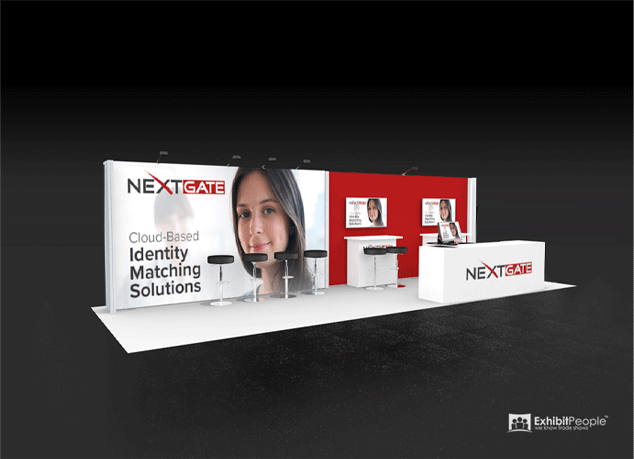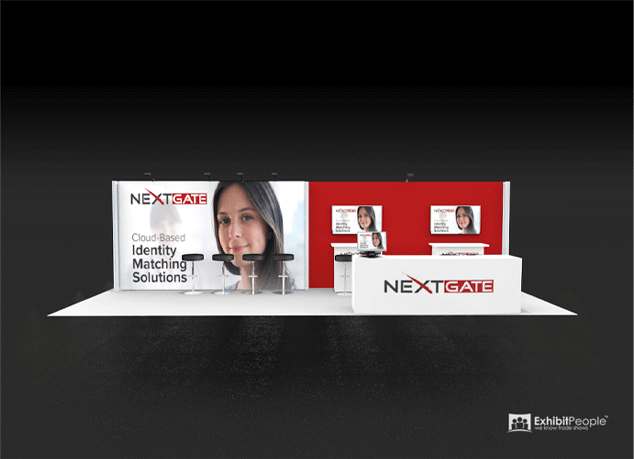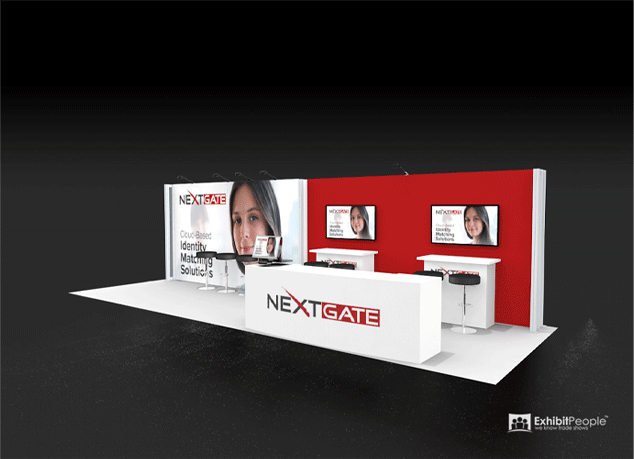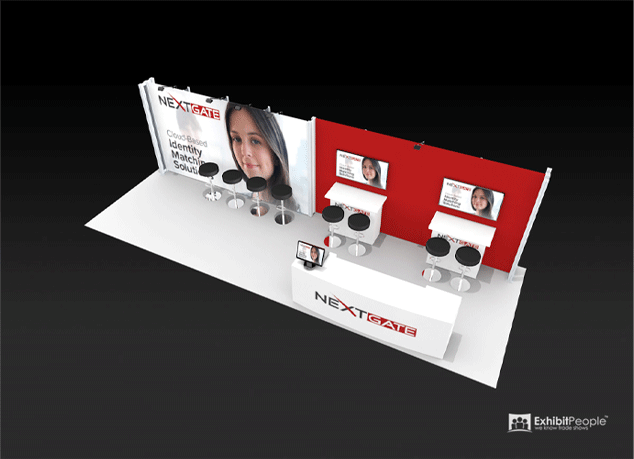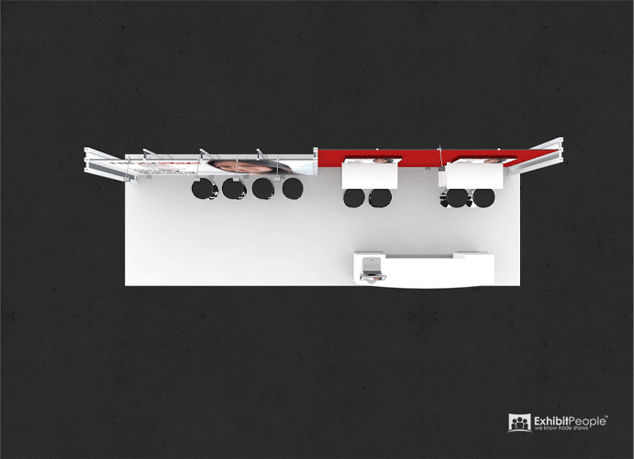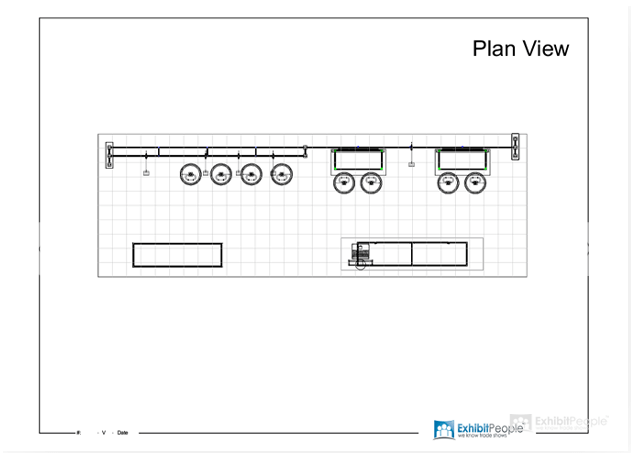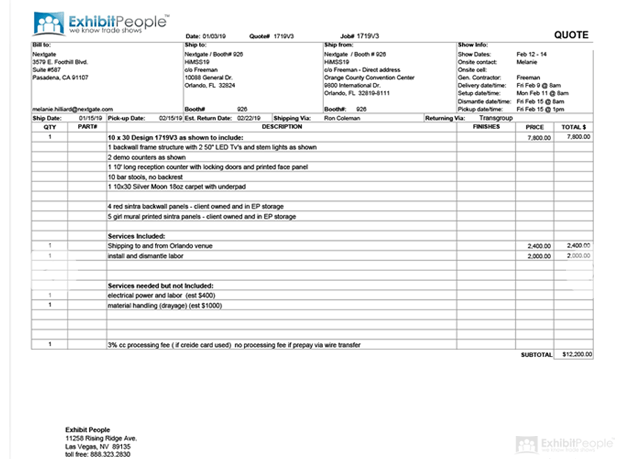Trade Shows, Post-Covid-19
Post Covid-19 Recovery
It’s amazing to consider there are over 250 Convention Centers across the US with more than 75 million square feet of meeting space. How will the events industry go forward along with Trade Shows post Covid-19?
Well, it certainly helps that 250 local economies rely on trade show dollars to fuel local hotels and restaurants and other businesses, that are in turn creating ideal conditions for thousand companies to network, innovate and grow the US economy as a whole. Trade is the backbone of our modern economy and trade shows are the incubator for future economic growth.
What we Know
- We know exhibitors want exposure to new buyers. They risk a sizable investment on the promise that the show organizer can and will bring qualified buyers to the show and past their booths. Exhibitors can choose to exhibit passively hoping to connect with a few buyers, or Exhibitors can be proactive and invest a bit more with sponsorships and pre-show and post-show marketing to exponentially increase their exposure at the show.
- We know Exhibitors worry about losing ground to the competition. Often companies exhibit primarily to reassert their market dominance and renew their bond with existing clients.
- We know exhibitors want to size up the competition. Trade shows fuel and regulates competition. Innovators want to know how they are stacking up against their competitors in terms of people, products, and marketing. Trade shows give managers direct feedback and incentive. Trade shows also play a part in ensuring fair play. More than one company has been shut down on the show floor due to patent or copyright infringement. Trade shows being competitors face to face where the ego meets honor.
- We know buyers want to kick the tires. Buyers know brochures and videos can show the benefits without the shortcomings. If you looking for a handheld camera stabilizer, you can find great YouTube videos that show you all DJI’s stabilizer will do, but that cannot compare to walking into the booth, talking with prep, and demoing that stabilizer for yourself. You can then walk to 4 other booths and talk with their representatives and demo their stabilizers.
- For buyers, stepping away from the daily grind has benefits. This same stabilizer buyer in our example likely has her days full of emails managing existing products. We know stepping away from your daily workload allows you to be more open to something new and different. Trade shows are filled with an energy of innovation and the innovators that can really dive deep in discussion. Planning to attend an event and booking airfare locks that time away from your busy schedule where otherwise you might not.
- Let’s keep in mind that trade shows are simply the main event for industry associations. CES is the main event for the Consumer Technology Association ( CTA). CTA is the Event Organizer that puts on the world’s largest show (CES) each January but that’s not all they do for their 2200 members. CTA works to influence public policy, hold CES Events in Las Vegas, and China as well as conducts market research, and helps implement technical standards.
- Industry associations are also event organizers. They have the most influence over show floor change. They are the customer that rents the venue space for the show. They are the customer that hires the General Contractor. The Event Organizer determines where to be strict and relaxed in the areas of show floor access and booth regulations and in right to work states, this includes union jurisdiction. Why else does Orlando have a much more relaxed union atmosphere than Chicago?
Opportunities for Change
Create a safer show hall
Of course, it goes without saying that trade shows must be well organized and clean and safe environments pandemic or not. This has always been true and COVID 19 has simply reminded us of this. Venues, Event Organizers, General Contractors, and Exhibit Houses, Trade Shows Post COVID 19 can easily adopt disinfecting and sanitizing materials and requirements. Digital temperature checkers at entry points is also easy to refine and implement.
Trade shows also could quite easily implement targeted entry to a show for exhibitors during installation and for attendees during the show. Shows are already used to this in big shows as they publish targeted driver check-in dates and times to manage the activity on the freight dock.
Provide better digital tools
Even before Covid-19 many event organizers have embraced using the web and video technology to help exhibitors and attendees get the most from trade show participation. Exhibitors need the ability to drill down on exhibitors by category and product/service offering to arrive at a shortlist of attendees they want to target, and as luck would have it, attendees need the very same thing for their Trade Shows Post COVID 19. A tool like this that helps exhibitors and attendees pre-show plan and post-show follow up will be a truly helpful tool.
Limiting Floor Access
In many of today’s shows, the floor has many people walking around that are not registered, buyers. In addition, there are registered vendors calling on booths, and exhibit industry salespeople calling on booths. Event organizers could restrict entry on the first two days of an event. In a 3 day show, the first 2 days could be reserved for Exhibitors and buyers with limited access for the press and EAC’s. The third day can have general admission to give vendor access for cold calling on Exhibitors.
Event Organizers could also limit the number of Exhibitor Badges allowed for a given booth space based on booth size. For example, Exhibitors could be limited to staff 2 badges per 10×10 space. A 20×20 booth space would be allocated 8 exhibitor badges in this example. More than this could come at a high cost to deter companies from flooding their booth with more staff than it can safely hold.
Both EAC’s and Press should be allowed on the show floor but managed carefully thru one show entrance. With today’s more technically complex booths its important for exhibit builders to have uniformed staff that can rush in a restart a video wall or frees a stuck door or reattaches a loose graphic panel.
Union Restrictions
Union requirements could be much more relaxed. The Orange County Convention Center is the best example of reasonable union requirements. Union labor should be an option for everything other than electrical floor-work, Material Handling, and Rigging. Requiring union labor in many cases replaces skilled motivated workers with lower quality unmotivated workers.
EAC and Exhibitor workers with proper access badges could allow curbside unloading and an access door for tools and material drops.
Booth Design
Booth design could also have some new post-COVID-19 requirements. One easily enforced would be to require Exhibitors to keep 2 feet between any counter or pedestal and the edge of their booth space. This would reduce crowding in the aisles and promotes awareness of keeping a safe distance. Exhibit designers will likely adapt and restart promoting less cluttered open booth designs that give the opportunity to engage while keeping 6 feet distance.
To support this, show organizers could easily implement a sliding scale for Material Handing to encourage lighter less complex booths, especially during the recovery.
Conclusion
It’s encouraging to consider the cumulative effect changes like these could have in Trade Shows Post COVID 19. If we are able to provide cleaner, safer, less crowded show floors people will want to attend. If future trade shows are filled with lighter less complex booths built by fewer highly motivated workers, we would have trade shows that cost less and run more efficiently. This would be quite familiar and welcoming to exhibitors coming from other countries. Overall we could also have shows that are truly more appealing to exhibitors and attendees. Shows that would better be able to deliver the return on investment while safely perpetuating the age-old desire to travel and pursue fame and fortune.
